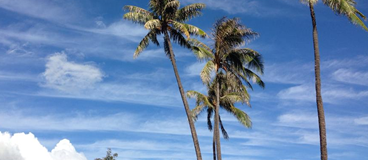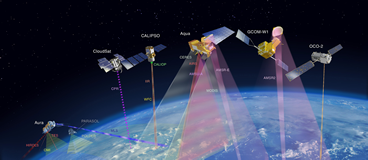Dr. Jennifer Griswold
Associate Professor of Atmospheric Sciences
ATMO 101 is a 3 credit lecture course. This course provides an introduction to atmospheric phenomena and weather and is designed to provide comprehensive knowledge of the earth's atmosphere and its changing behavior as it relates to human activities and how it influences our daily lives. It provides a first look at various aspects of meteorology including solar radiation, global circulation, environmental issues, winds, cloud formation, stability, precipitation processes, weather systems, and severe weather. Basic physical principles and processes are emphasized that are important for understanding the world and have broad implications for students interested in weather and global environmental change and other environmental disciplines. Students also learn about Hawaii weather as it applies to the different topics.
ATMO 101
ATMO 102 is a 3 credit lecture course. This course is designed to give you an overview of the interface between the observed Weather and Climate of the Pacific Island region and the past and future the culture of the peoples of the Pacific Islands. This course covers the Earth’s atmosphere, temperature, precipitation, winds, storm systems, hurricanes, tornadoes, air pollution, weather and agriculture, rainbows, and climate change. As each weather or climate topic is covered, they are viewed through the cultural lenses of the native peoples of the Pacific region and through the historical writings and poetry, music, dance and films of Native Hawaiian and Indigenous Pacific Islanders. Students also participate in activities and in-class experiences that provide first-hand experiences to some of the cultural aspects (e.g. hula, poetry, etc.) each week of the course.
ATMO 102
After completing this course students willl understand the principles and practices of satellite remote sensing as used in the atmospheric sciences. Specifically, clouds, aerosols, precipitation, ocean and land cover datasets are highlighted in this course. Students will develop skills to enable them to select suitable data sources related to their research and thesis interests. These skills include data manipulation, analysis, and visualization using a programming language. During this course students will have the opportunity to work on a research related literature review and group-based projects to increase their ability to utilize satellite data sets in their research/thesis work. Students need to spend time working on lab assignments and a course project using Matlab, Python or the programming language of their choice outside of class time.
ATMO 611